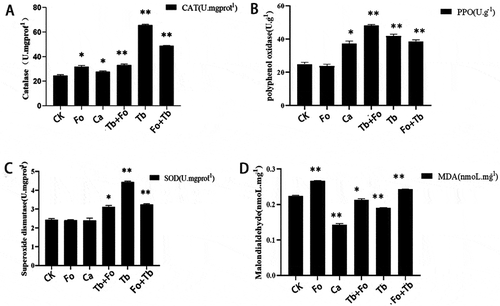Figures & data
Fig. 1 (Colour online) Above-ground symptoms on Atractylodes macrocephala 14 d after inoculation with Fusarium oxysporum. Control (a) and inoculated (b) plants are shown
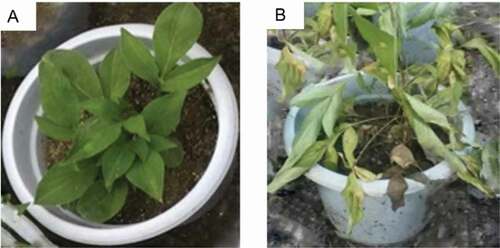
Fig. 2 (Colour online) Growth of Trichoderma brevicompactum and characteristics of fungal cultures in phosphorus-reduced and CAS media. (a) A phosphorus-reduced medium (PRM) (arrows point to phosphate solubilization circles)., (c) A yellow halo around the fungal culture on the CAS medium (arrows point to the yellow halos). (b, d) Controls grown on PDA
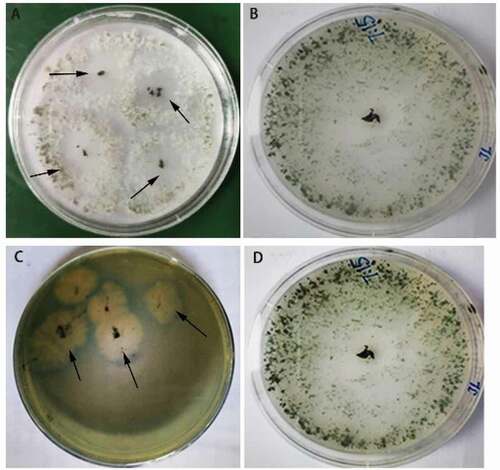
Fig. 3 Morphology of Fusarium oxysporum hyphae in single (a) and dual-culture with Trichoderma brevicompactum (b) as visualized by scanning electron microscopy. Arrows indicate broken or deformed F. oxysporum hyphae
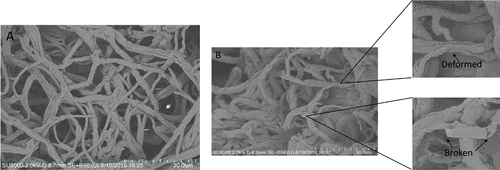
Fig. 4 Promotion of Atractylodes macrocephala seedling growth by Trichoderma brevicompactum. Number of lateral roots (a) and lateral root length (b). Statistically significant differences at P < 0.05 (*) and P < 0.01 (**) are indicated relative to controls

Table 1. Effects of different Fusarium oxysporum and Trichoderma brevicompactum treatments on the growth of Atractylodes macrocephala
Fig. 5 (Colour online) Effect of different treatments on the survival rates of Atractylodes macrocephala. CK: Control group; Ca: carbendazim; Fo: Fusarium oxysporum; Tb: Trichoderma brevicompactum; Tb + Fo: T. brevicompactum + F. oxysporum; Fo + Tb: F. oxysporum + T. brevicompactum. Statistically significant differences at P < 0.05 (*) are indicated relative to controls
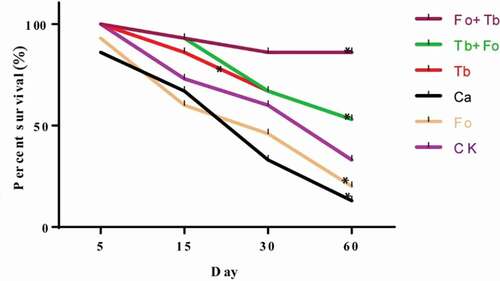
Fig. 6 Catalase (CAT), polyoxygenase (PPO) and superoxide dismutase (SOD) activity and malondialdehyde (MDA) content in leaves of Atractylodes macrocephala 60 d after treatment with carbendazim or various inoculations with Fusarium oxysporum and/or Trichoderma brevicompactum. CK: Control group; Ca: carbendazim; Fo: Fusarium oxysporum group; Tb: Trichoderma brevicompactum group; Tb + Fo: T. brevicompactum + F. oxysporum group; Fo + Tb: F. oxysporum + T. brevicompactum group
